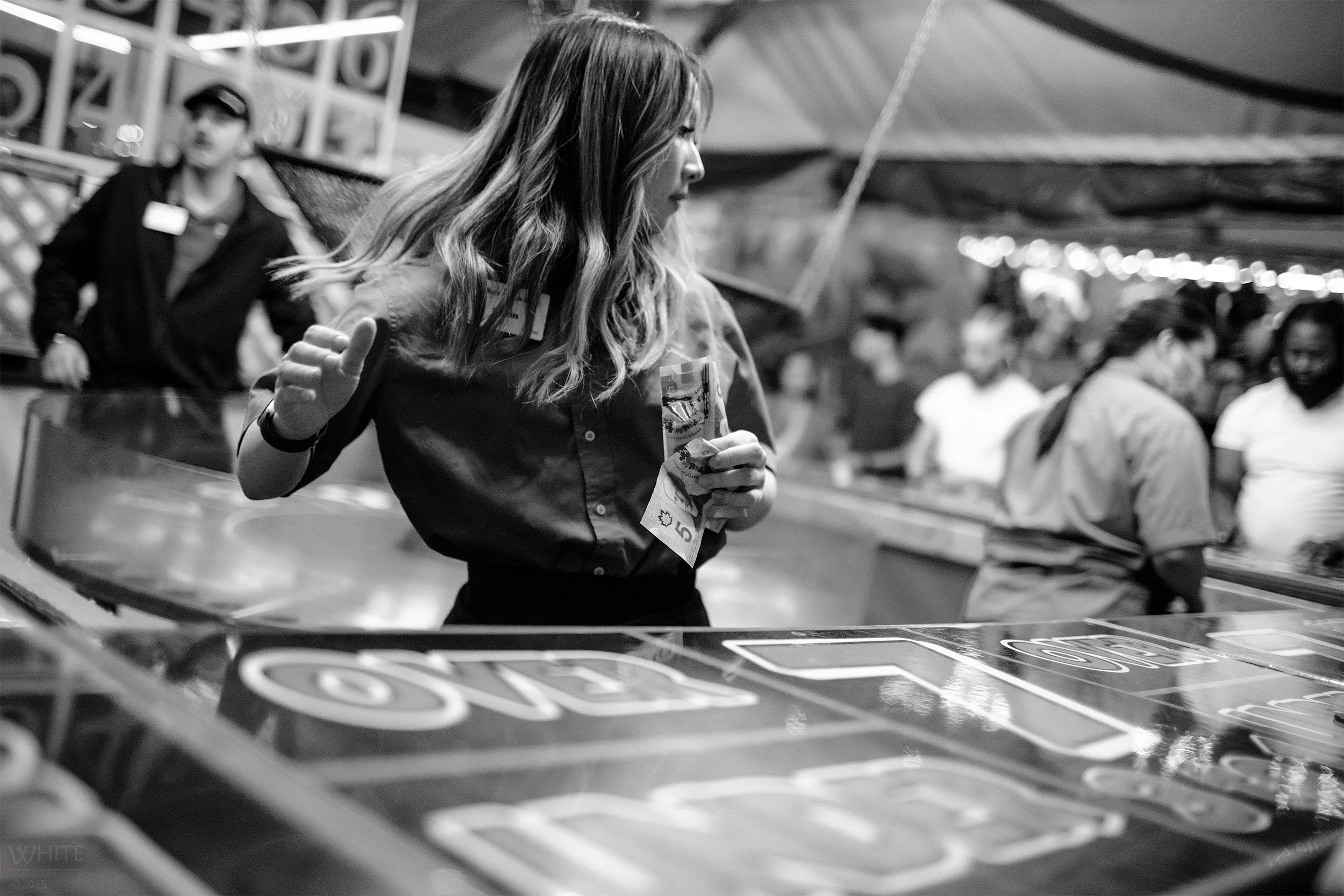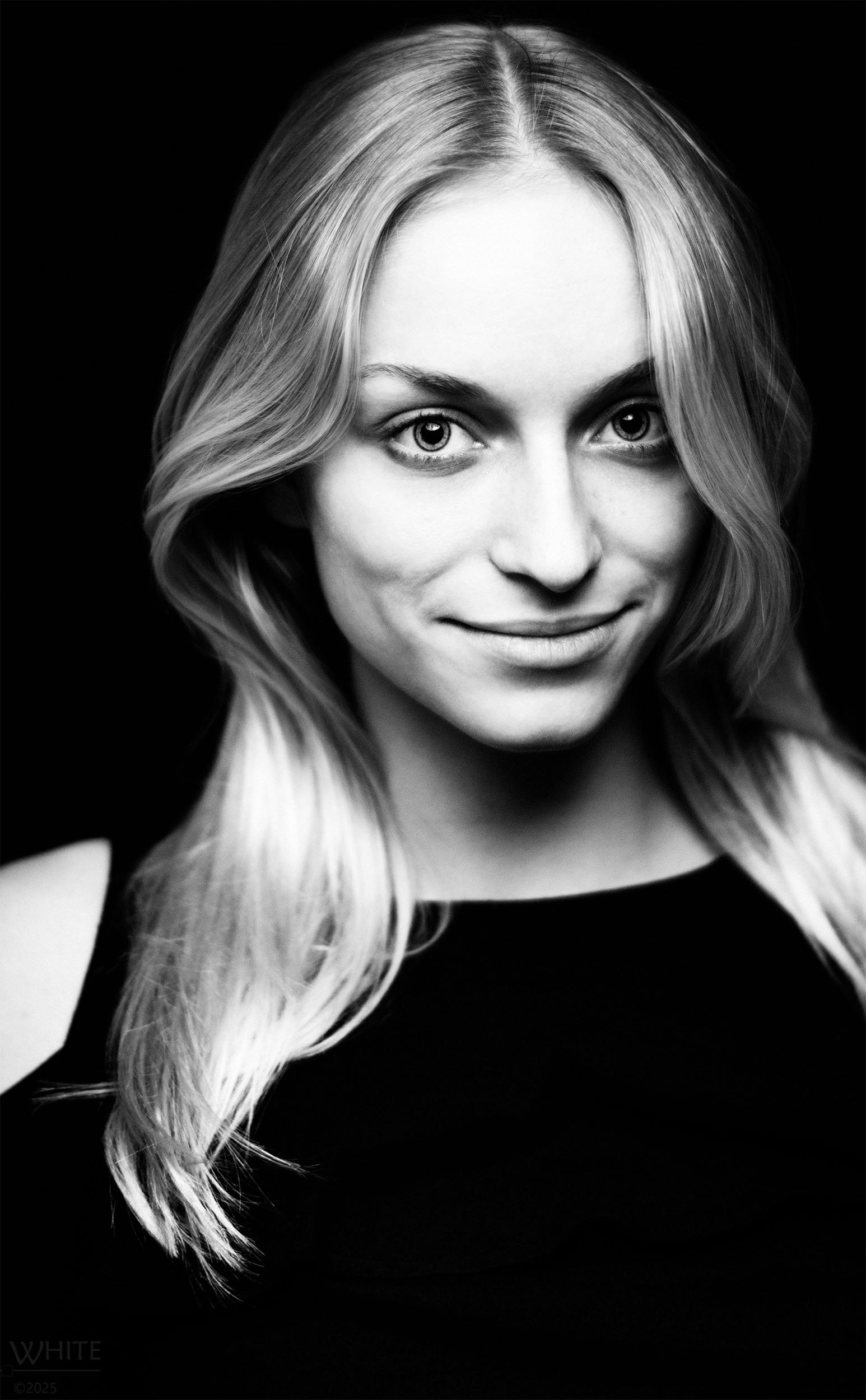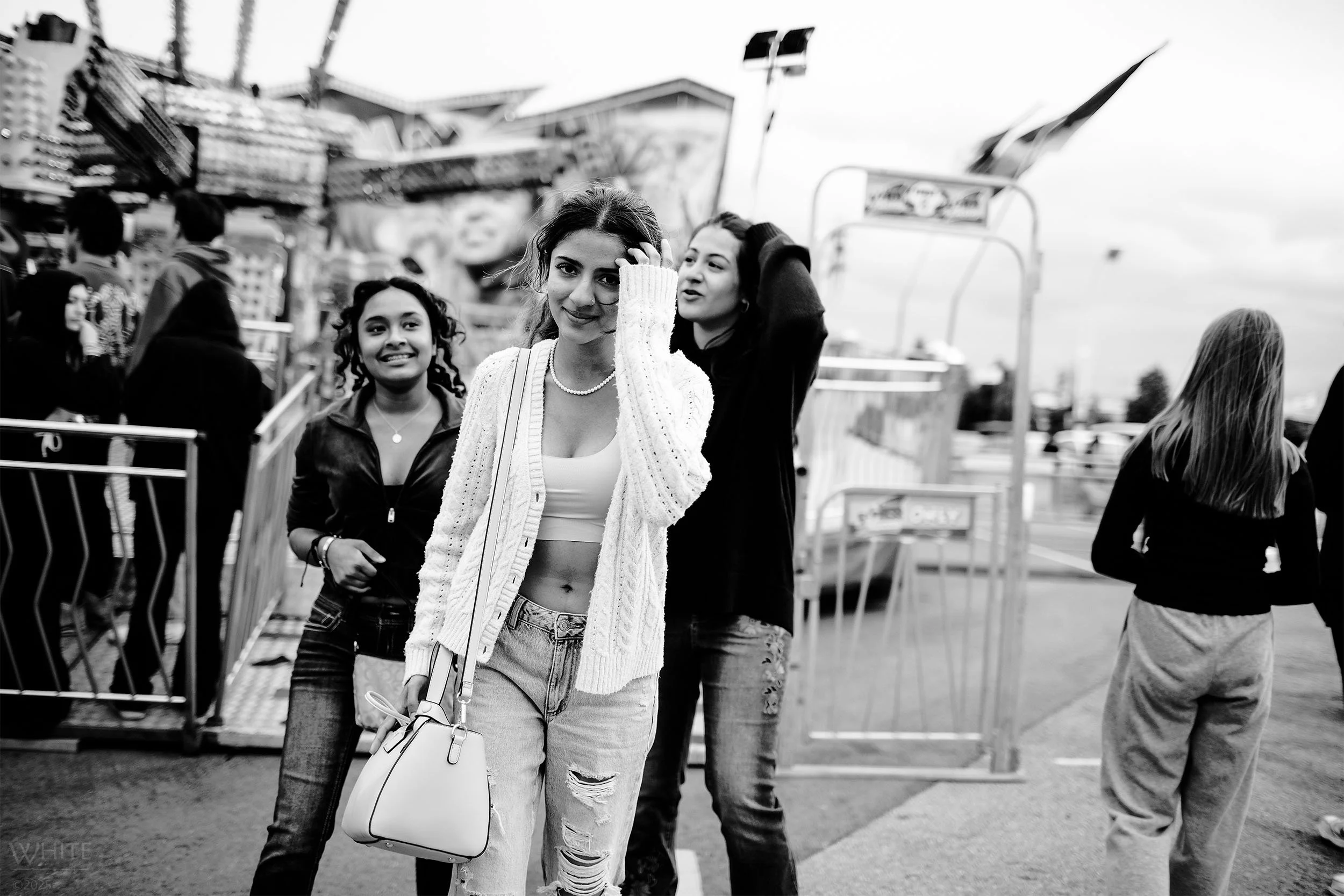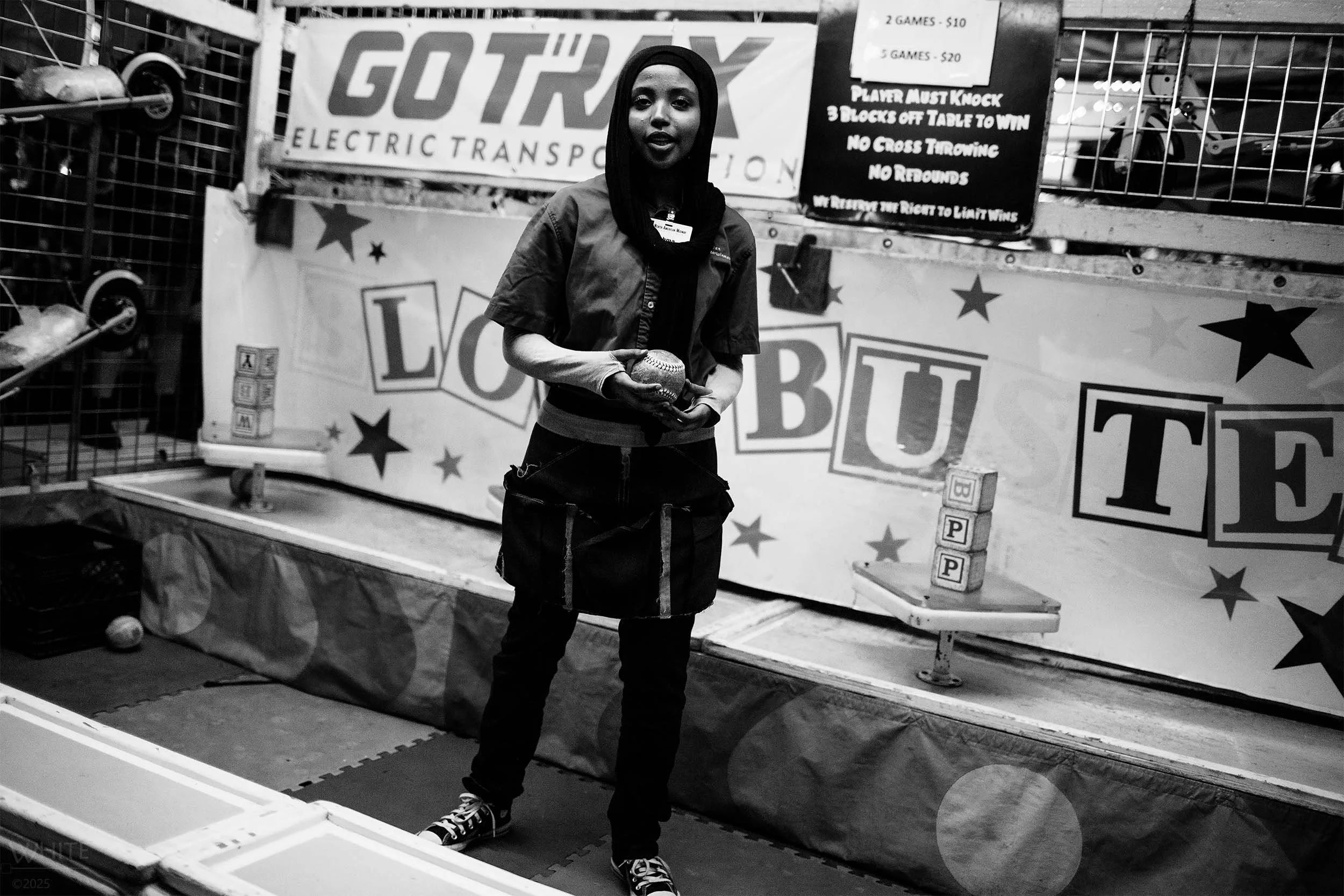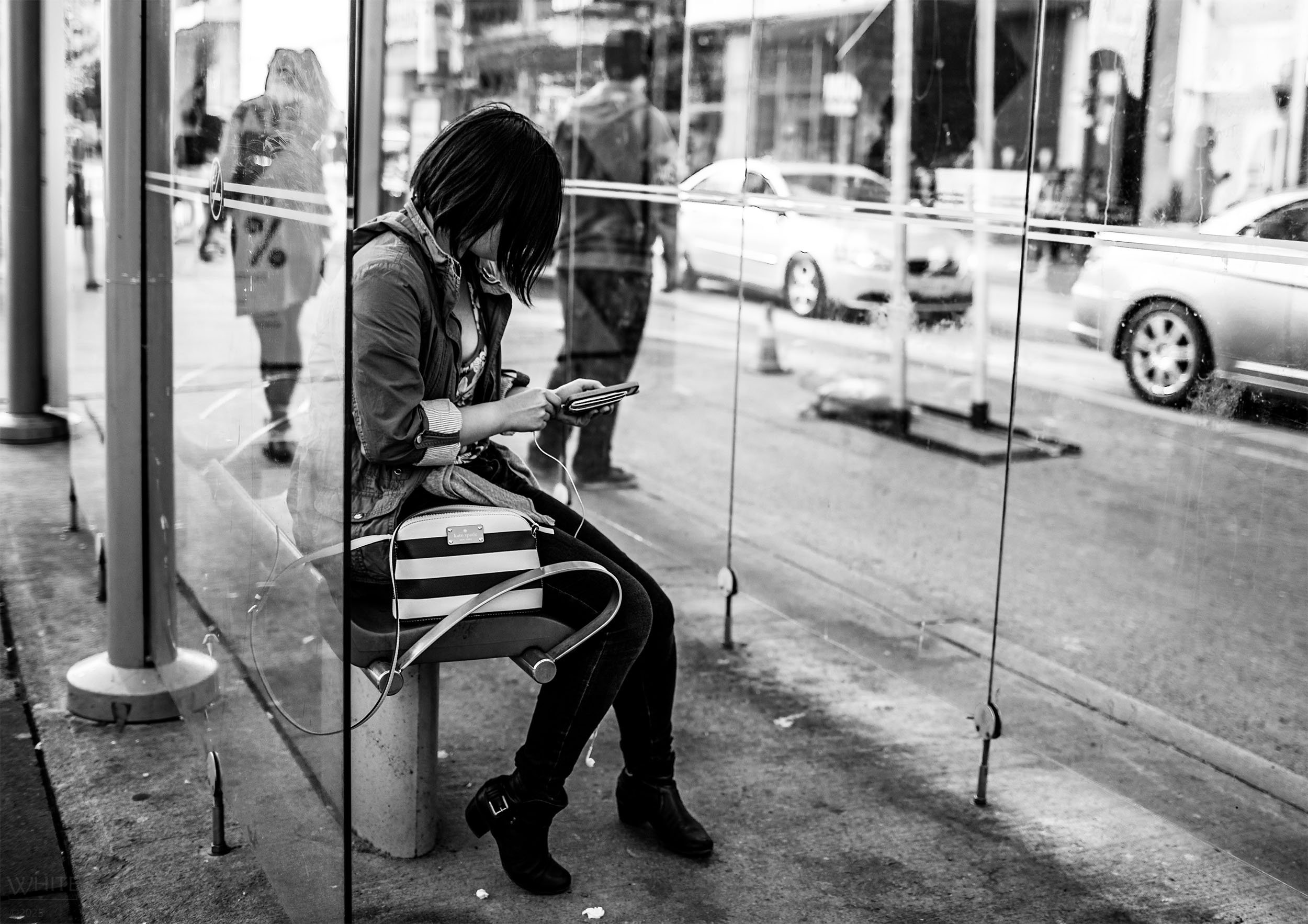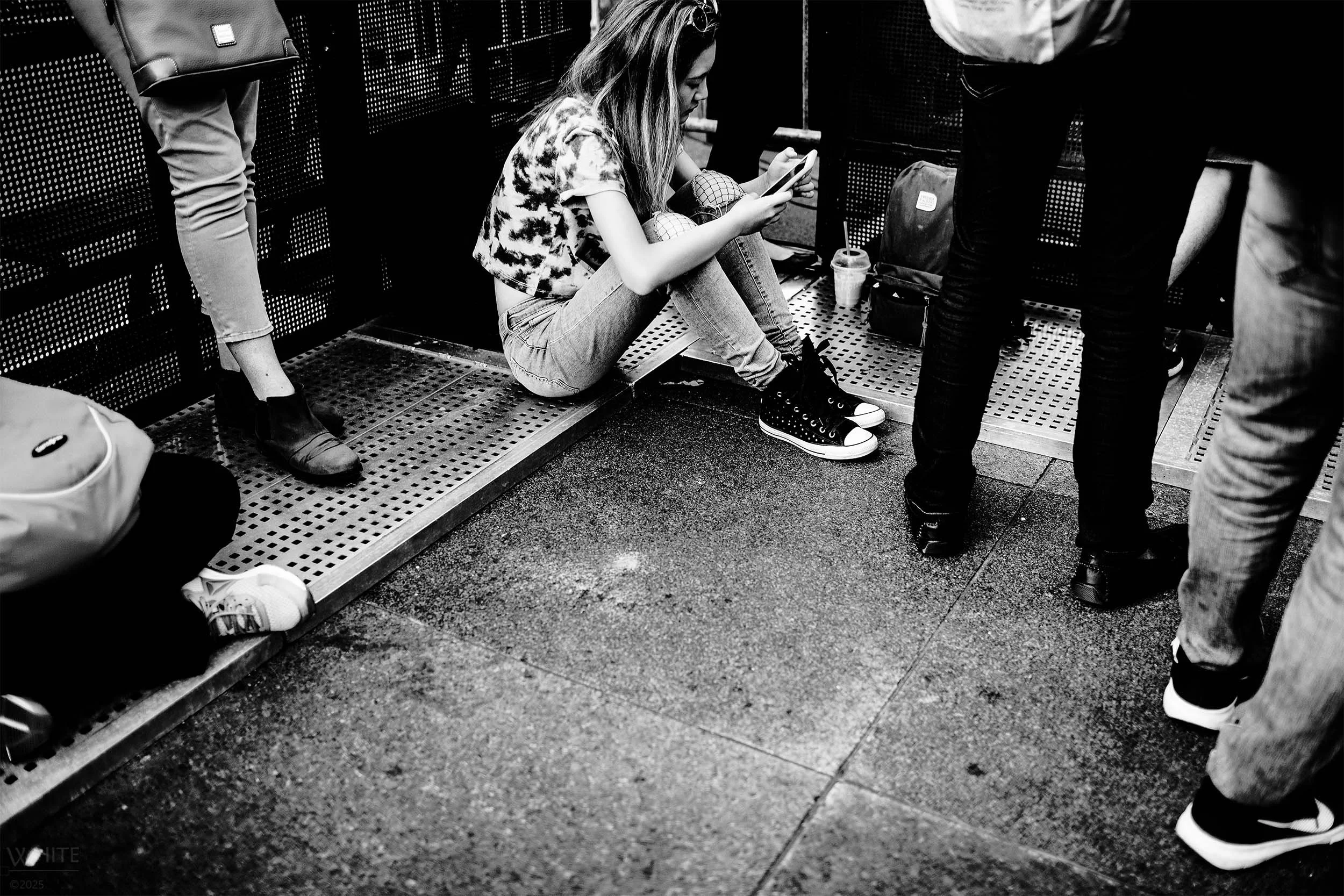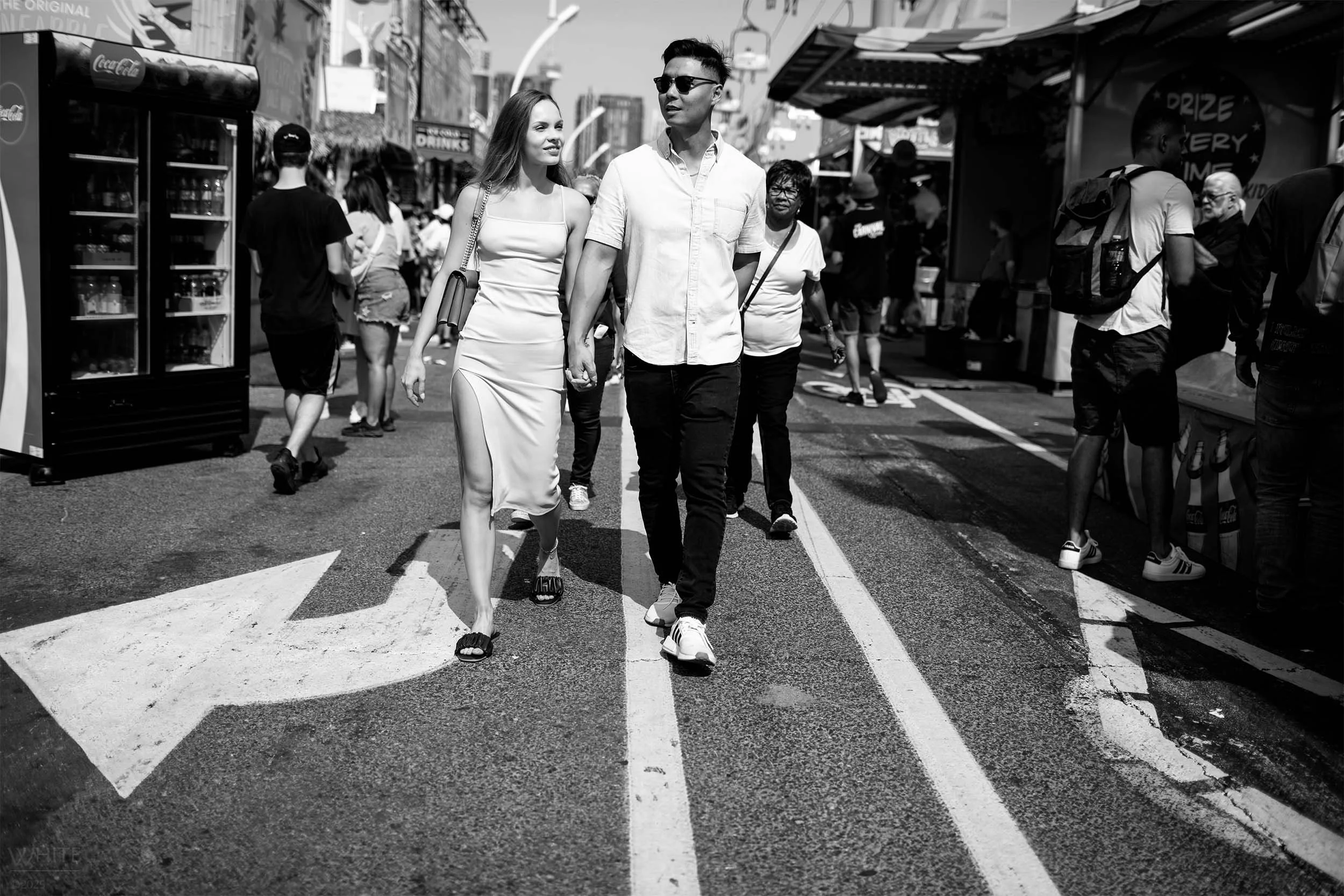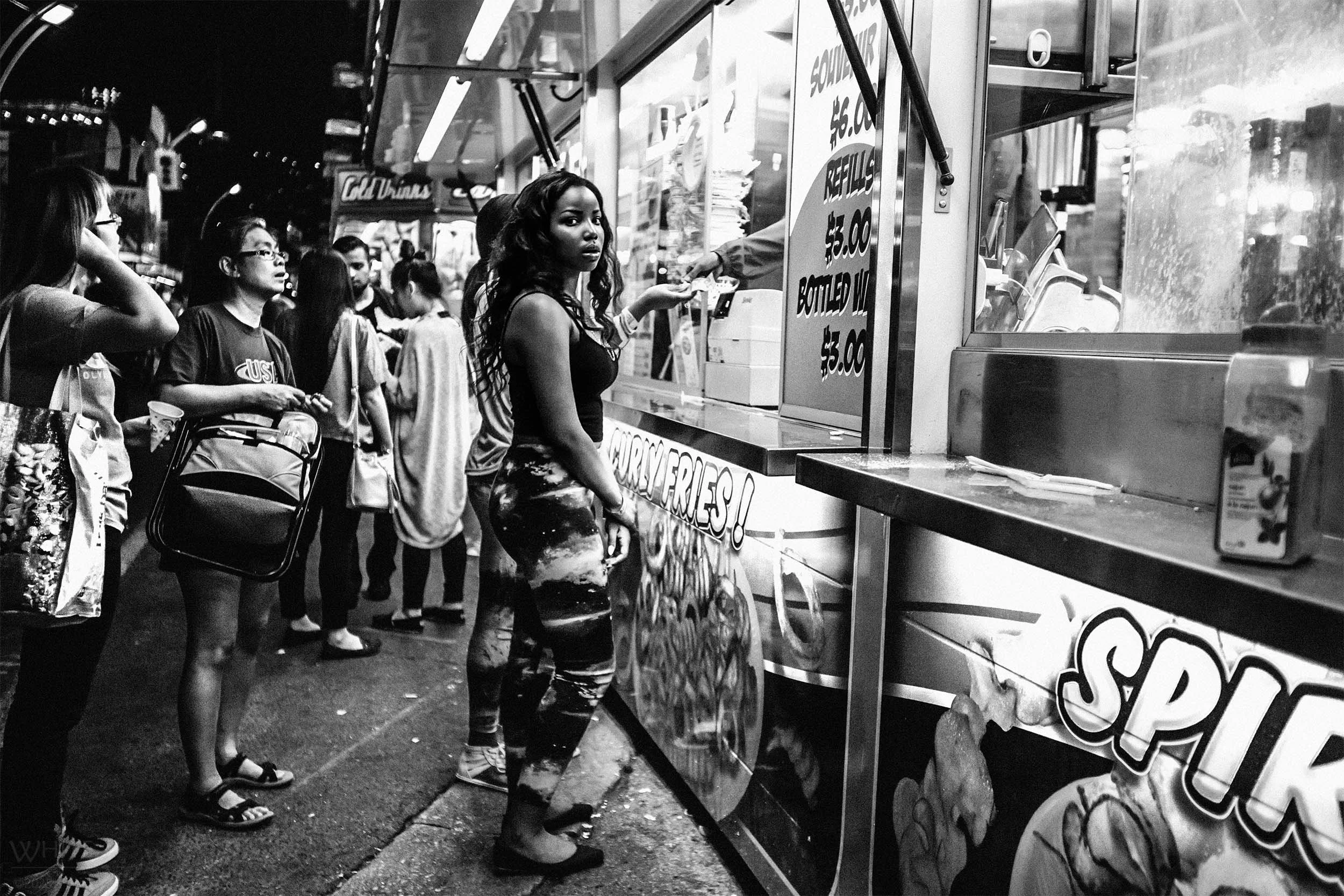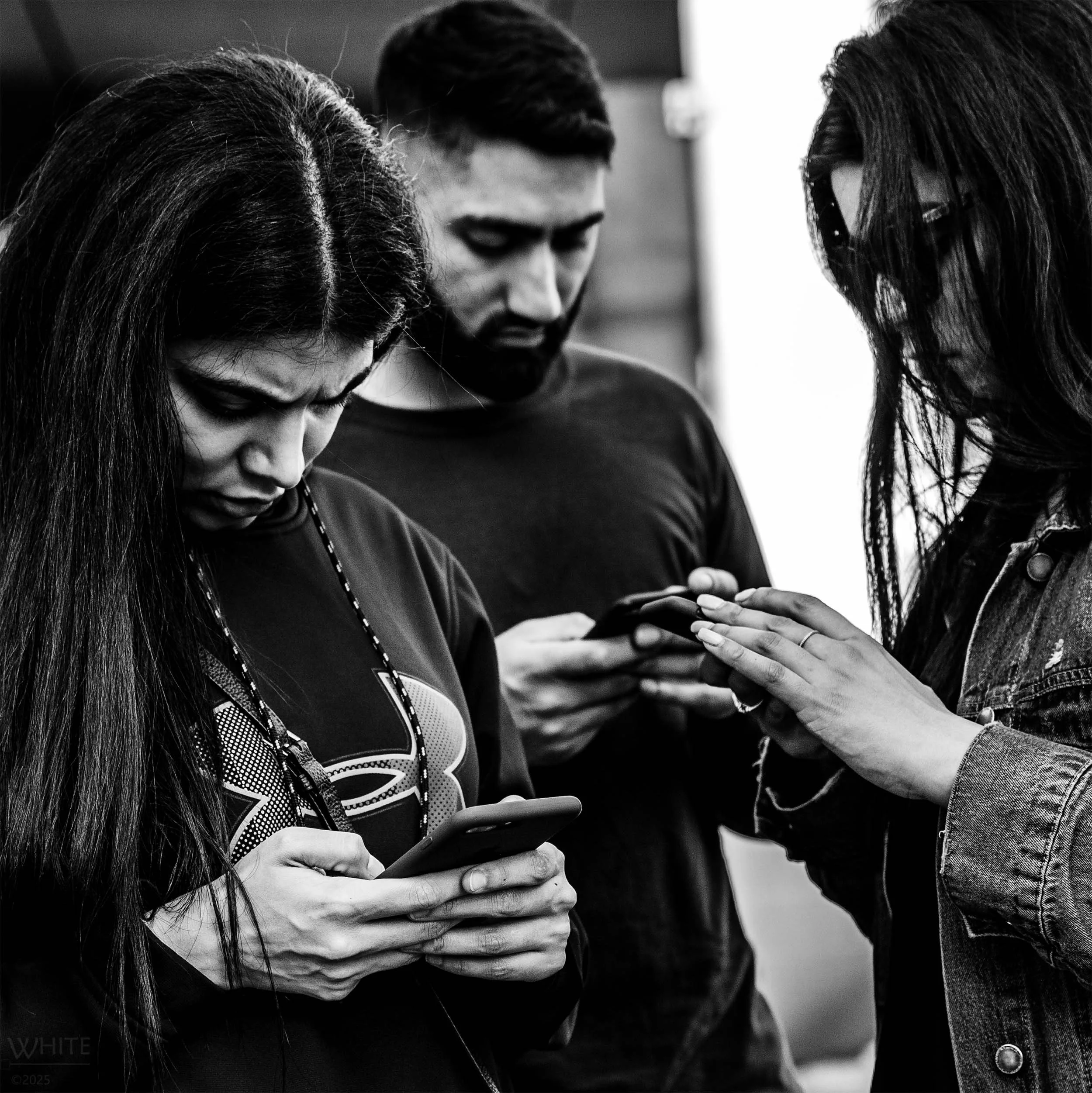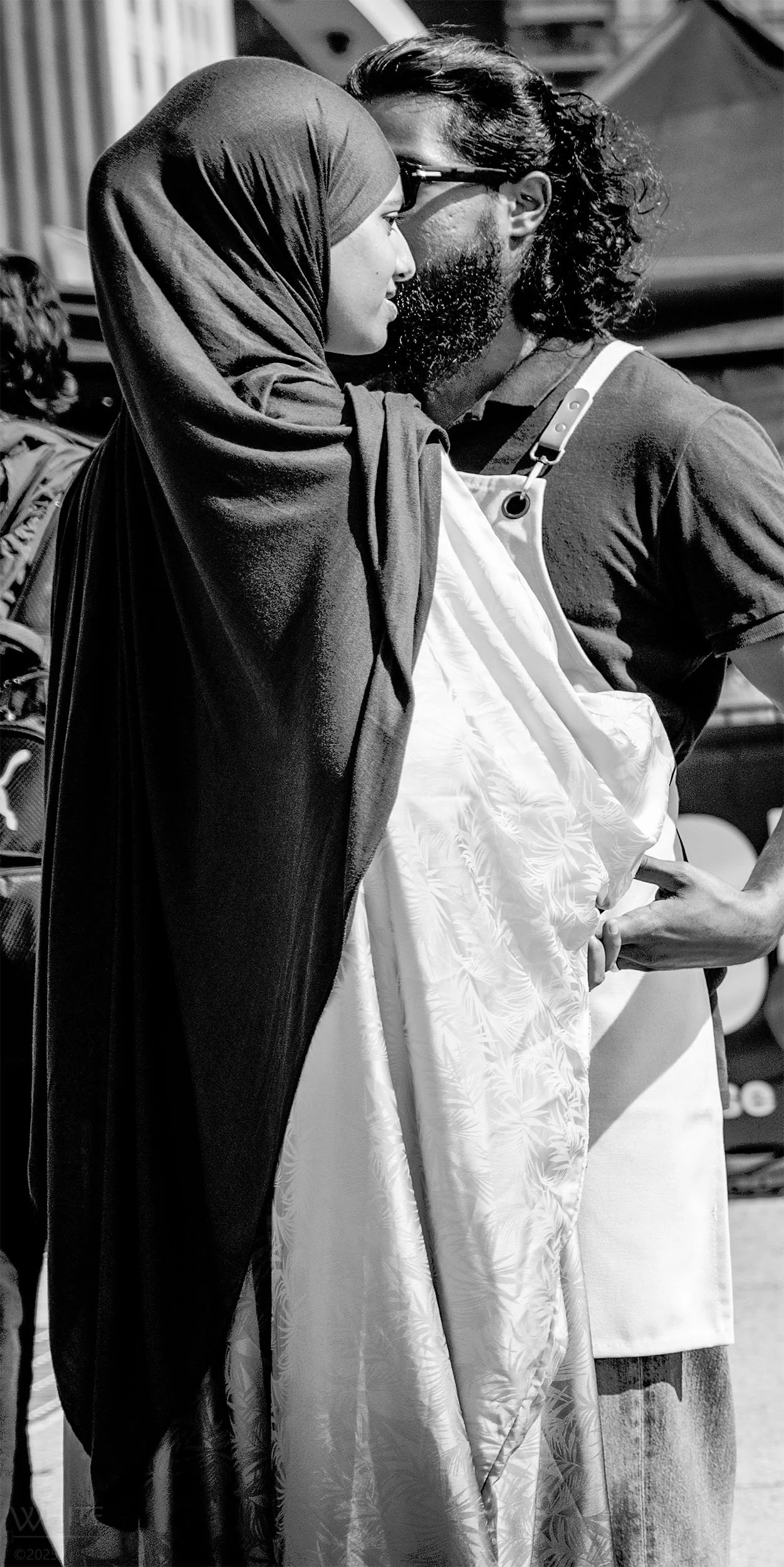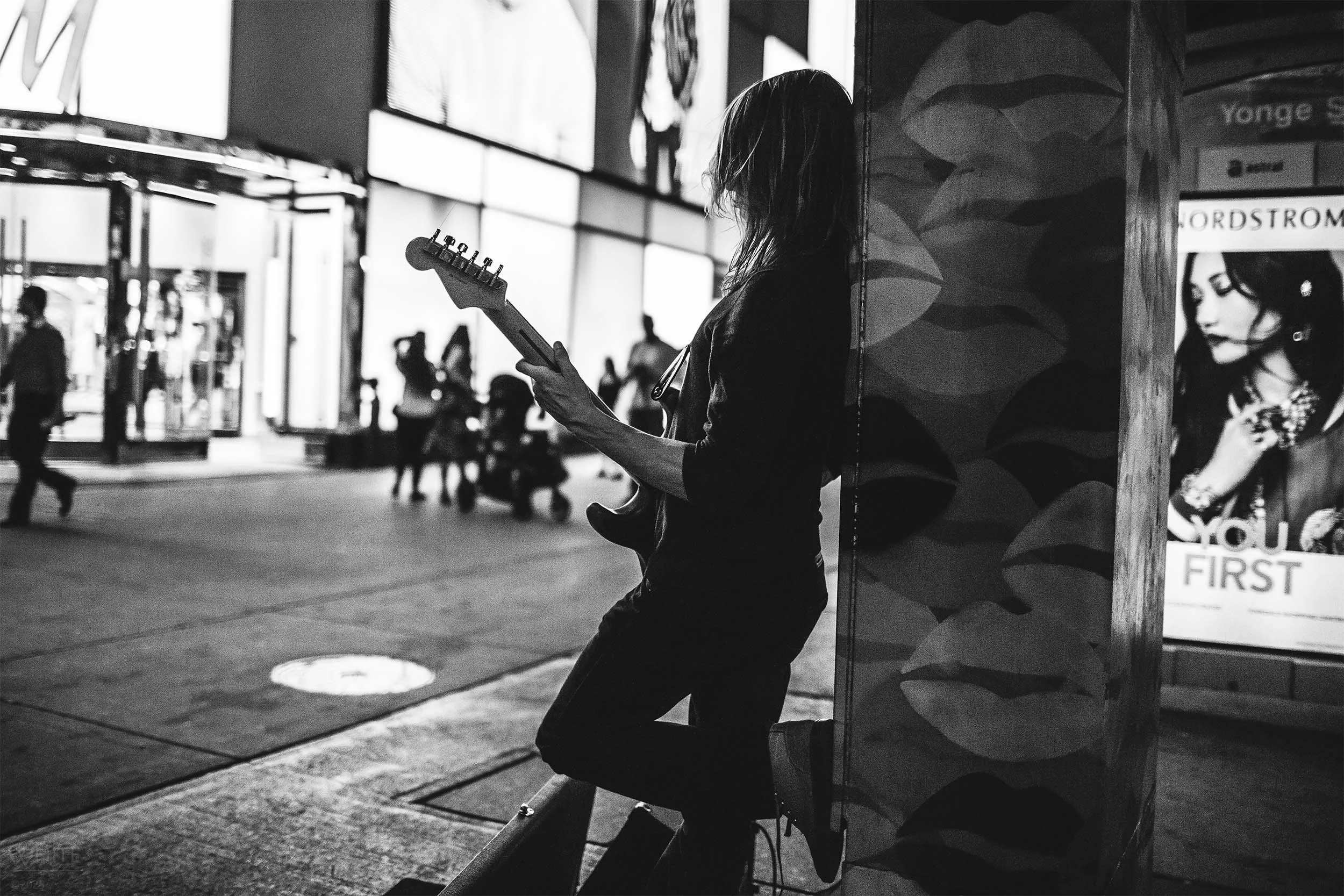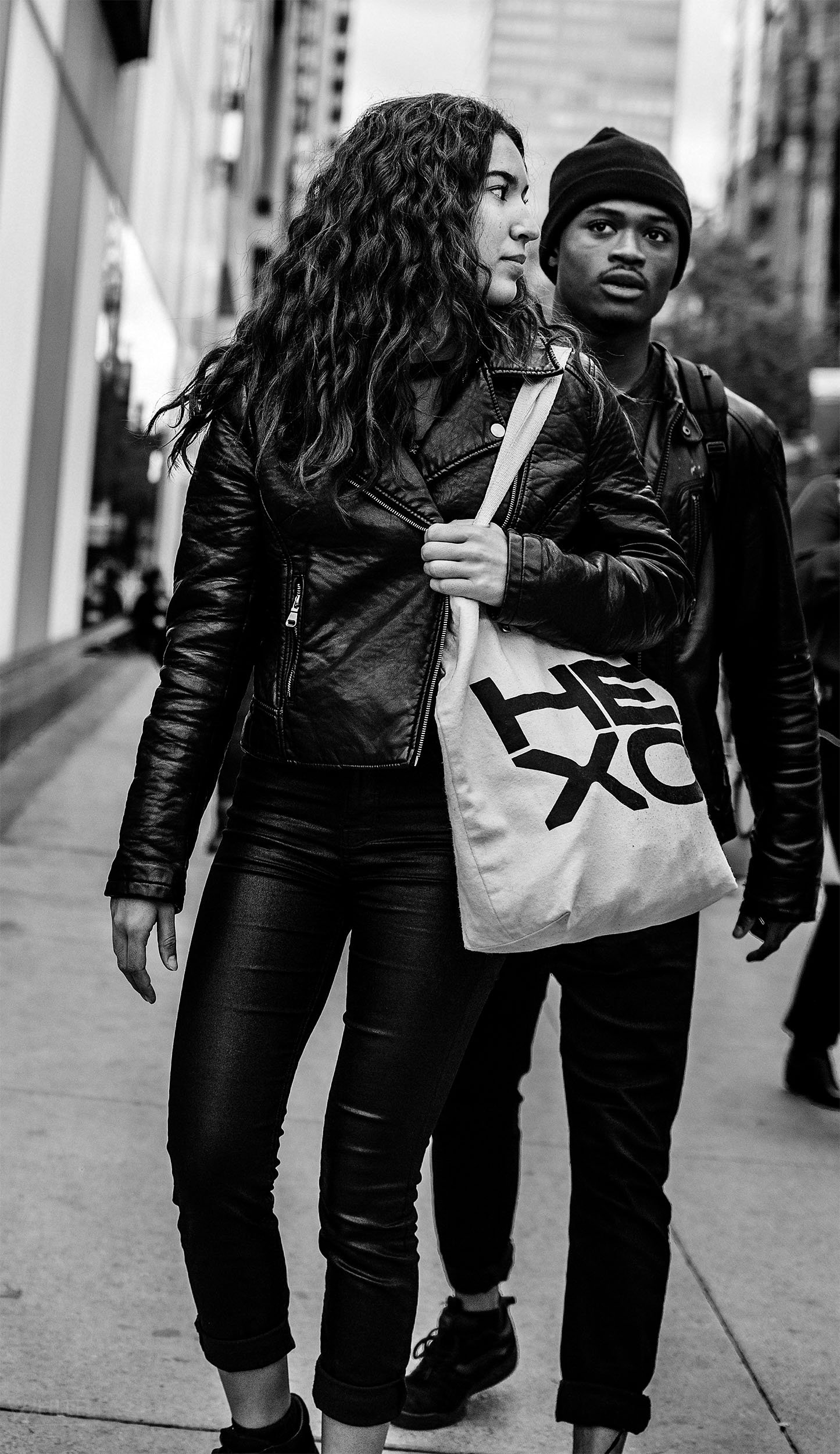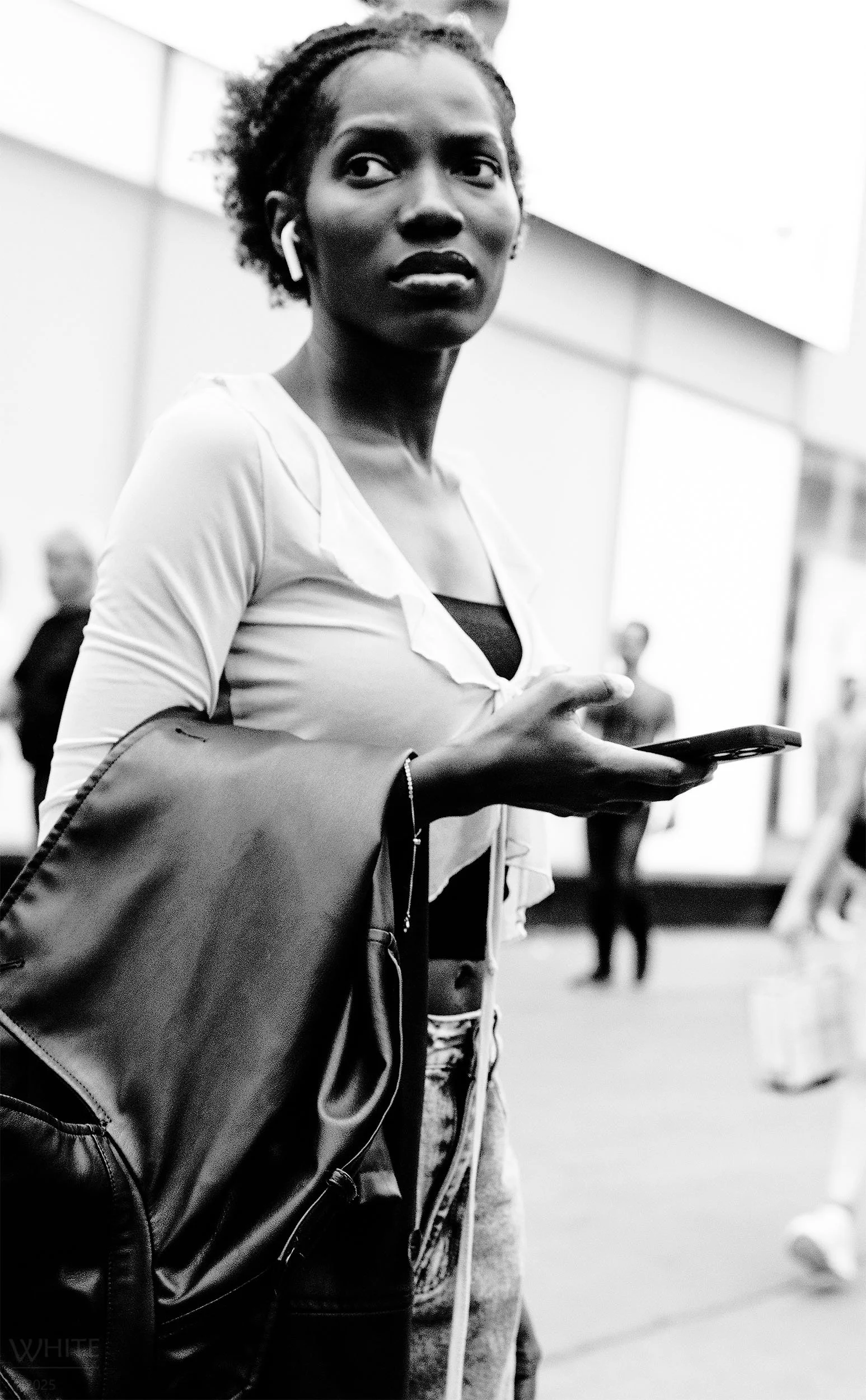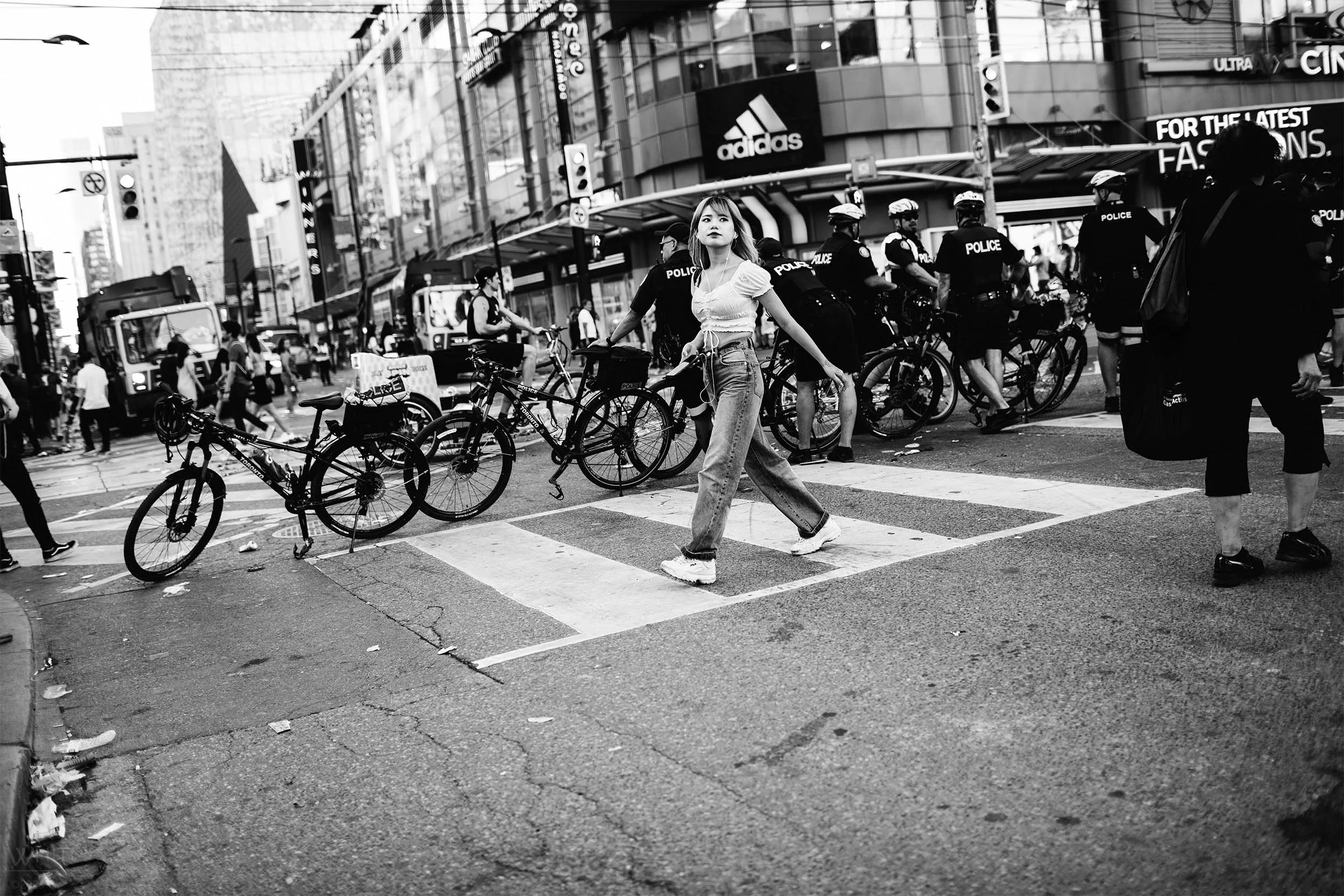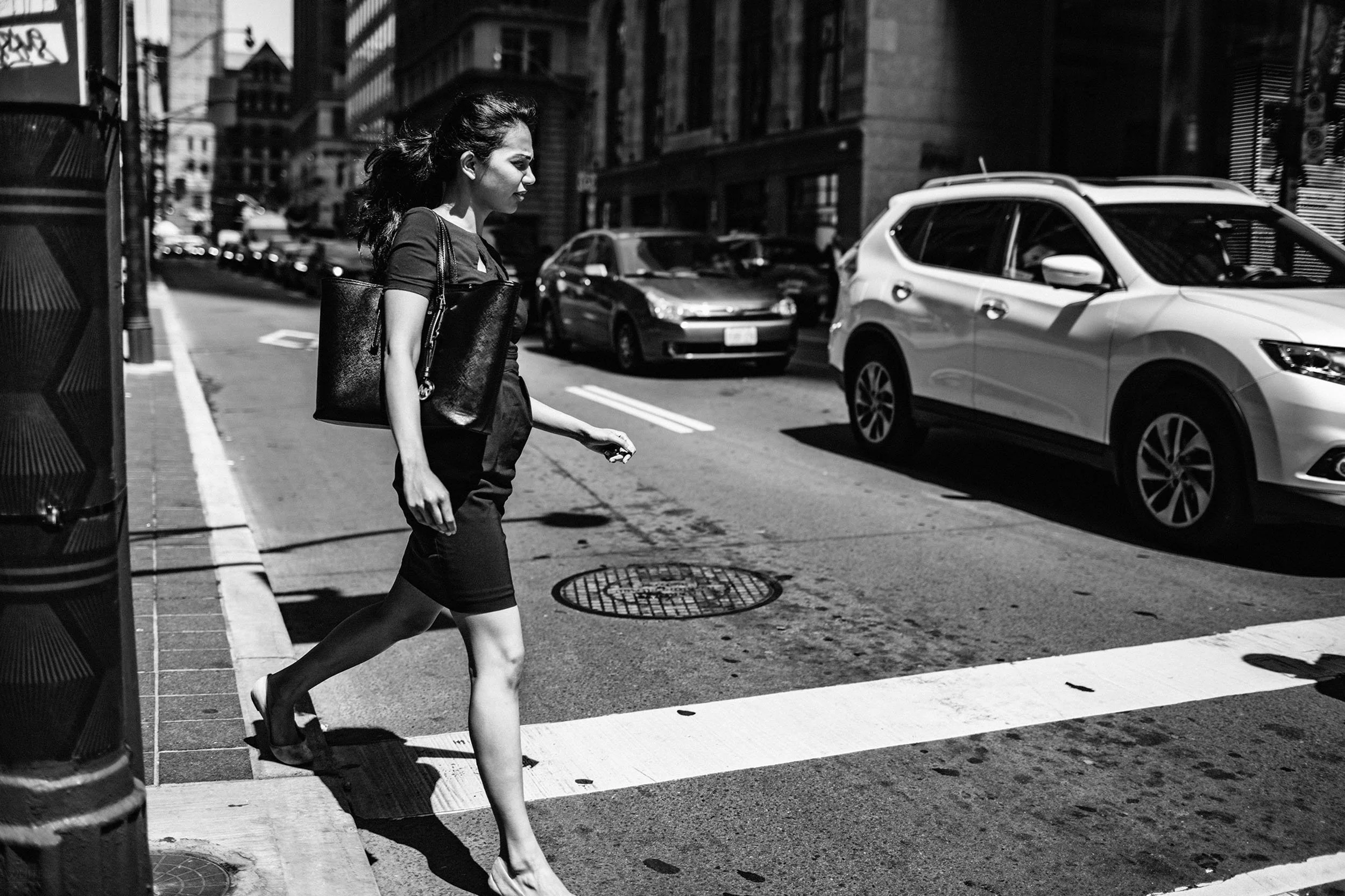My Black and White Mystery
My Black and White Mystery
In my book, People Photography, Life, and the Street, in Chapter 9: The Edit, I went to extraordinary efforts to explain everything (at that time) that I do to take a RAW image file through my entire process to the final edit. I just did a word count for this chapter and I’m actually shocked, but not surprised. 11,473 words went into that education. No wonder it takes me at a minimum one hour to complete a single image, sometimes far longer. It’s all there, every last detail easily explained. But now here’s what I want you to do. Please randomly select any image presented on my site and pull it up on your screen. Now tell me, does it look edited? I would expect your answer to be no, unless for the obvious reason that the image you chose is black and white. But what I’m trying to demonstrate here is that that is my goal. I take the file through extreme edits to not have the image look ‘edited’. As I’ve said before, what I’m after with the edits and presentation of my images is for you to experience what I did at that exact moment in time, at least visually. If that’s the case, why on earth would I put the file through some elaborate edit, as an example: to make it pop off the screen, or worse, add some horrible vignette, or, make everything exaggeratingly over-dark, with the subject lit up as if they were walking around with a personal spotlight? Is that how we actually see what’s in front of us while walking down the city streets? Nope. Okay then, you may ask, what exactly am I doing to the files to have to spend all the time that I do? I’ll give you a hint, my friend: this is not the studio. No, this is our extraordinary natural ambient light falling on the cityscape in front of you. And remember, I’m out photographing for at least nine hours straight, with any weather condition (except winter snow), and under any lighting condition, be it harsh mid day light, right through to the blinding sunset, and late into the night with artificial light. I take what I can get, as long as it’s lighting up my subject. But these lighting conditions are extreme, change constantly, easily trip-up the camera’s exposure meter, and have taken me years to develop a system to try and control it all to at least provide a usable file to edit. And no, it would be impossible for me to go into detail and explain it all in this blog post. Enough preamble, lets get to the subject.
Okay, so what’s the mystery around my black and white images? No two images are the same when it comes to the edit. Every single black and white edit is completely unique, and constantly evolving as I learn new ways of doing it. I don’t have a specific ‘look’ from using some magical recipe or preset. I myself do not use presets, ever, not like that at least. What do I mean by that? I think this is important. A preset is a series of instructions, that when applied to the base image will give it a specific look, with one click. You don’t need to know anything about how to use Lightroom or Photoshop, something that takes years to master, just upload the file, press a button, done! Creativedigital jazz, man! But please don’t call it art. Why would I ever go through all the effort that I do to put myself in a position to give myself the best chance to create a once-in-a-lifetime exposure, then get home only to pull up the file and press one preset button, and call the edit completed? I wouldn’t. I do however go through a process of setting up the RAW file each time, using Lightroom, be it for a colour edit or black and white, knowing how the camera sensor performs, having used the same body for twelve years. Basic stuff such as increasing the shadows, limiting the highlights, or colour balance tweaks – getting the most out of the file, only to be taken all the way using Photoshop. And yes, I have created a ‘Start’ preset in Lightroom for this purpose that gets applied to each image, mostly for style consistency, but this has been developed and updated only after many years. Hint: when you find yourself making the same adjustments over and over, then you may create a preset, or ‘action’ to speed things up. But this preset ‘tool’ is only used on the RAW files to provide the most amount of flexibility, not to give me a final look. So, in this context, I use my homemade presets, or what we call ‘actions’ all the time to speed things up.
And further, I use a special software from Alien Skin called Exposure X on probably 90% of my edits, colour or black and white. This software provides hundreds of presets that provide classic film simulations. Useful for getting rid of the digital look, which I’m not into. However, I never use these preset ‘tools’ as a one press preset joke, I treat them just like a Photoshop layer adjustment. Sometimes I go so far as to use multiples of these different presets, at various opacities, blend mode mixes, masks, mixed together with other Photoshop adjustments – depending on what I want to get out of the file in that particular moment, what’s needed, how far I want to take it, and my mood for the day. And this process is never saved, never to be repeated. Get it? Art. My palette of paints, strait from the heart. Do you think a master painter ‘saves’ processes, to recreate a works of art? No. That’s my mindset when it comes to editing a digital file. Endless flexibility, endless possibilities, but knowledge and control. Art. I treat it like I’m working with photographic film, a process that each time is unique. Art. After this initial Lightroom setup as stated above, the images go through the next process with Photoshop to deal with exposure challenges, and the optical limitations of using a wide-angle lens, 35mm, locked on f/2.0 aperture. Then and only then, does the final edit begin, as partly explained above and below.
The process continues now with the black and white conversion. I edit the colour image to completion before going off to black and white land, for two reasons. One, I may be satisfied with the colour image and call it done, and two, all that colour information is vitally important to create the black and white final edit, but it’s important to have a solid start for the edit to have more options, and that begins with the colour image. In fact, the colour information is the most important thing to have the ability to make adjustments exactly as you like, and using multiple adjustment tools in Photoshop to take full advantage of this data. I know, right, using colour to make a black and white image. Seems strange at first but that’s how it goes. It is literally a work of art when completed, a one of a kind. And again, this process would be impossible to recreate using a preset. Don’t limit yourself. Treat it like the image will one day be printed huge and displayed in some world-famous art gallery. Take some pride in your work. Yes, the learning curve is huge at first, but I promise that after getting the basics down then perfecting your own unique technique, it does become more natural and easier to get up to speed.
But the most important thing to take away from all of this, is that we should never limit ourselves during the edit. You want to set things up to provide the most flexibility to follow your vision of how you want the image to end up. You want to let yourself go where the file takes you. And if done correctly, we have endless possibilities. That’s the art. But for the most part, I’m just trying to recreate what I experience while out on the street when I actually made the exposure. I do not want the image to look ‘edited’, then it will become that. I want you to see the subject, truly see them, just as I was blessed with the encounter and moved to press the button. A once in a lifetime experience, one that is too difficult to explain why. It must be treated with the respect it deserves and edited to the best of our ability to bring it to life. We certainly can not do that using a preset. Please enjoy a selection of black and white images below. Until next time.
Thank you for being here, and for your time.
October 24, 2025 Michael Gordon White



